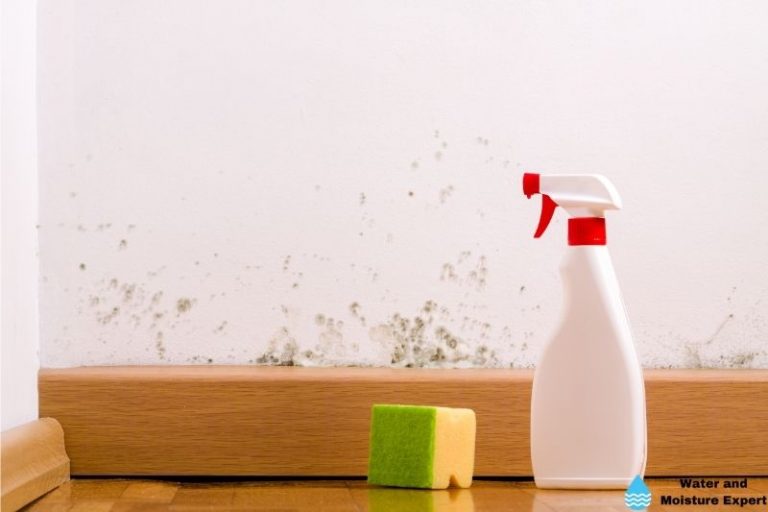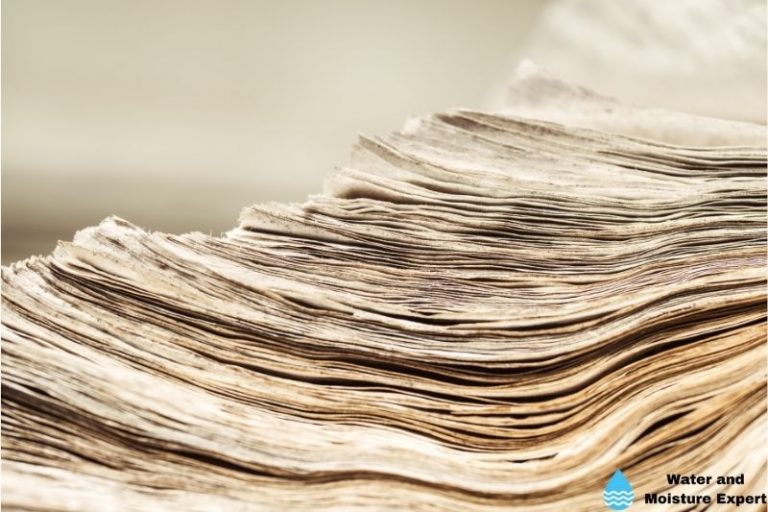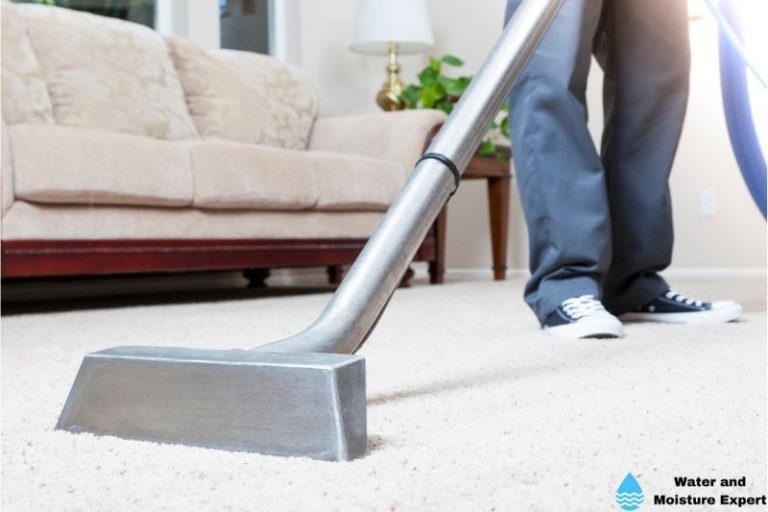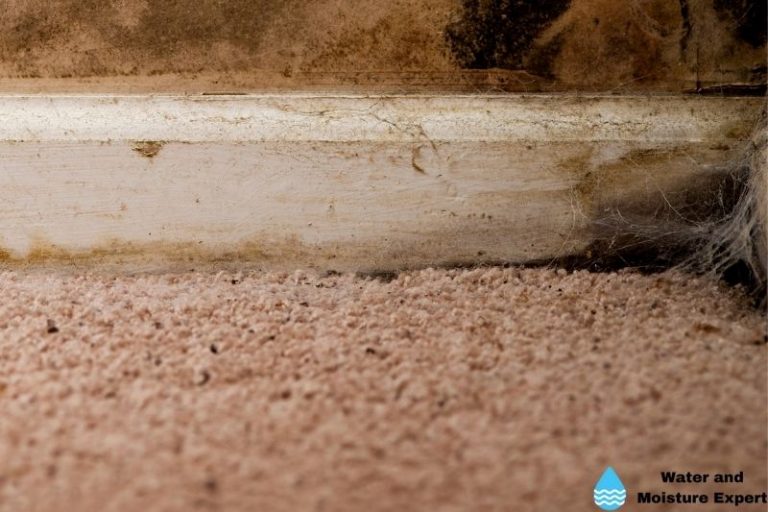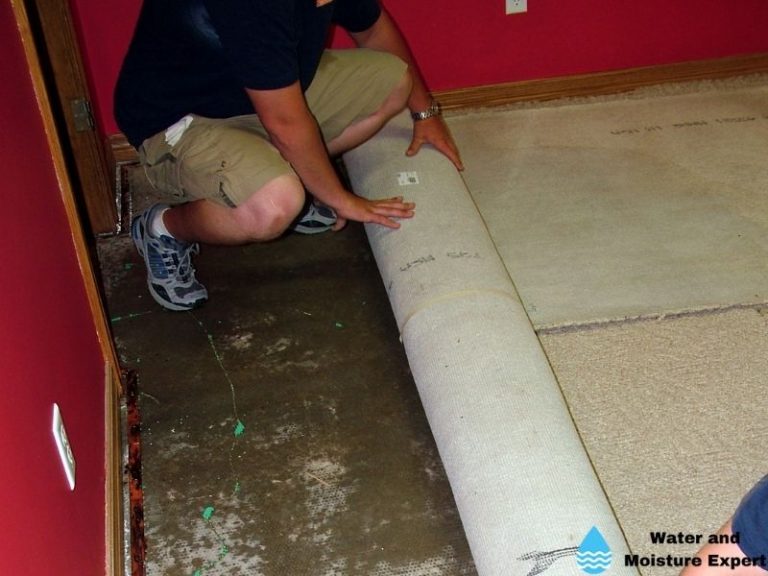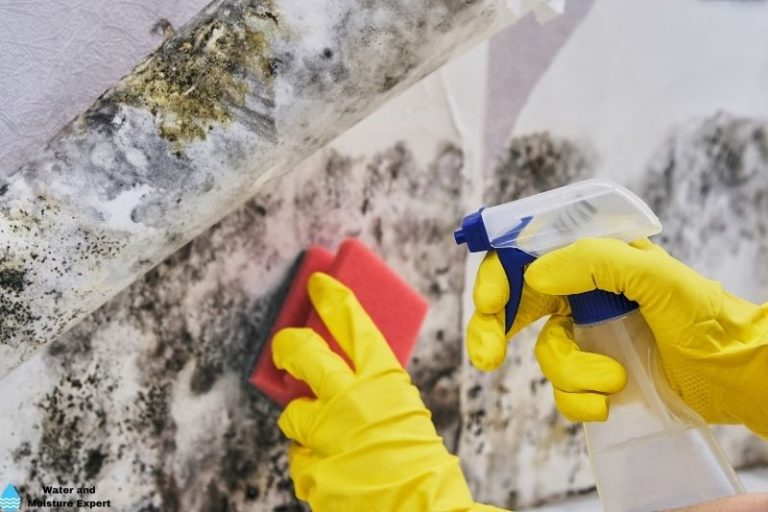Wood Floors Water Damage and Repair. What Pros Say
Finding water on your floors can leave you feeling worried and stressed. Water damage is fairly common, and the aftermath can be hard to deal with. Here’s some professional advice to help you determine the severity of the water damage in your home and learn how to make the necessary repairs
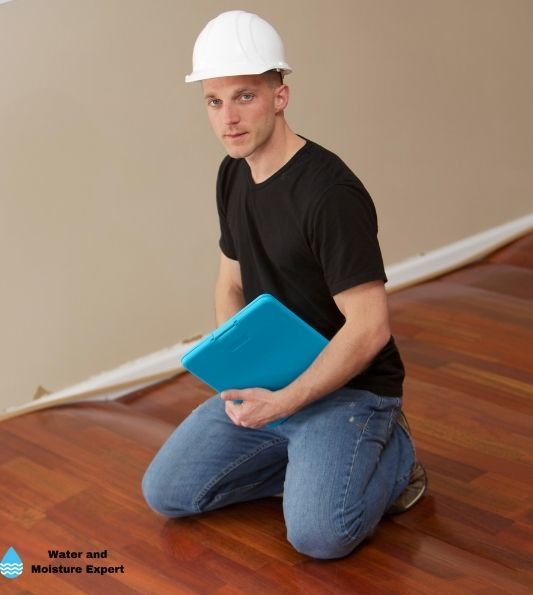
Contents
- 1 What Do You Do If Your Wood Floor Gets Wet?
- 2 Signs Of Water Damage On Wood Floors
- 3 How Long Does It Take Water to Damage Wood?
- 4 How Long Before Water Damage Shows Up?
- 5 What Happens If Water Gets Under Flooring?
- 6 How To Repair Water Damaged Wood Floor
- 7 What Should You Not Do After Water Damage?
- 8 Can Water Damaged Wood Be Refinished?
What Do You Do If Your Wood Floor Gets Wet?
If you notice standing water on your floor, it is essential to clean it up as soon as possible. The faster you remove the water, the less likely it will be to soak into the subfloor, and the less work you will have to do. Here are some things to do if you notice your floor is wet.
● Clean Up The Water
Use a mop or towels to clean up as much water as possible. If there is a lot of standing water, you may need to use a sump pump to remove it. Once the standing water is gone, wipe the surface with a mop or towel to pull up water that you may not be able to see.
● Disinfect The Floors
The water isn’t the only thing that can cause damage if your room or home floods. The germs and microbes in the water can also break down the wood. It would be best if you used a mild disinfectant to clean the flooring to remove anything that could be a hazard to your health and the health of your wood floors.
● Dry The Floors
If possible, open windows in your home to help dry out the floors. You can also turn on fans to move the air around to help dry them faster and prevent mold growth. The more airflow you have in a space, the faster the floors will dry.
● Check For Mold
Even if there was just a little water on the floors, it could still lead to mold growth. You should check for mold and have it remediated. Mold is not only bad for your health, but it can keep your floors damp and lead to more damage.
● Check For Damage
Once the water has been removed and everything is cleaned up, you will want to check for any signs of damage. There are many signs of damage to look for, and if you notice that your flooring is damaged, you will need to repair it quickly.
Signs Of Water Damage On Wood Floors
If you think your floor may have been damaged by water, you should look for some of these common signs.
● Signs Of Water Damage On Wood Floors: Sounds
You might not always be able to see the water damage, but sometimes you can hear it. If you notice that your wood flooring makes odd sounds as you walk across it, it could be a sign that it has water damage. You may even hear a squishing sound of water underneath the floor as you walk on them.
● Signs Of Water Damage On Wood Floors: Smells
Water-damaged floors tend to have a musty smell. You might notice it at first and not even know where the odor is coming from. Damp wood has a distinct scent that will eventually become powerful and hard to ignore. While you may smell the damaged floors before you see them, there will likely be other signs of damage that accompany the bad odor.
● Signs Of Water Damage On Wood Floors: Stains
Stains are a common sign of water damage. The water may stain the floors when it pools on them too long or has run from other areas. The staining can be a dark color or may appear almost white. The darker the stain, the longer the water has been sitting there.
● Signs Of Water Damage On Wood Floors: Pooling
If you notice water pooling in certain areas of the floor, this can mean that there is damage to the flooring. The water may drip onto the floor, or it may flood from the bottom up. You may try to clean up the water and see that it returns to the same place.
● Signs Of Water Damage On Wood Floors: Mold
Mold is a sign that there is water and dampness in an area. Mold can grow quickly, but it may take some time to notice it. The mold may develop in areas that stay wet or areas around the water-damaged flooring where it is damp or where there is a lot of humidity.
How Long Does It Take Water to Damage Wood?
Water can cause damage to wood floors in as little as 24 hours. Generally, the more water present, the shorter time it takes to damage them. The exact time it takes for water to damage a floor depends on the amount of water and the location of the water.
If the water is on top of the floorboards, you may be able to avoid damage if you clean it up quickly. The tops of wood floors are usually treated to prevent water damage, but if a lot of water sits on the floor for too long, it may seep through and get under the boards. Once the water is under the boards, it will cause the untreated or exposed areas to swell, which can lead to cupping and broken boards.
How Long Before Water Damage Shows Up?
You may not always see the signs of water damage immediately. The more water in the area and the longer it is left, the more damage occurs and the more obvious it will be. You could see signs of water damage in as little as a few minutes, or it could take up to a week before you notice it.
Keep in mind, just because you don’t see the damage doesn’t mean it’s not present. If you suspect your flooring could have been damaged by water, you should inspect it closely. I always recommend having a professional assess the flooring if there has been any standing water present.
What Happens If Water Gets Under Flooring?
If the water gets under the flooring, it is more likely to reach untreated areas and the subfloor. This causes the wood of the floor to swell or expand. Boards on the top could be pushed up and bent.
You may notice ruts in your flooring or small hills and valleys. The floor may feel soft if you walk on it, and you might see the edges of the floor pushed up or pulled away from the walls. If the water has reached the subfloor, you may need to replace it entirely.
How To Repair Water Damaged Wood Floor
If your floors have been damaged by water, the repair process can take some time. I always advise homeowners who are dealing with water damage to consider their experience and expertise level. If you aren’t sure how to repair your wood flooring yourself, it’s best to call a professional to ensure the job is done correctly. If you are planning to make the repairs yourself, follow these steps:
● Step 1: Find The Cause Of The Leak
Inspect the room or home to find the cause of the leak. If you don’t locate and repair the source of the problem, the water will continue to drip, leak, or flood, and the damage will become worse. I recommend calling a plumber if you do find a major leak or busted pipe.
● Step 2: Remove the Furniture
You won’t be able to make the repairs if there are a lot of obstacles in the room. Remove any furniture and belongings from the room. An empty space will not only be easier to access and clean, but it will also be easier to repair.
● Step 3: Dry The Floor
Remove all the water and dry the floor completely. This may take several days, but it will allow you to understand better what type of damage you are dealing with and its severity.
● Step 4: Check For Signs Of Mold
You don’t want to work in a room with mold. It can be hazardous to your health, and there is no reason to make your repairs over moldy areas. Remove any mold you find. If you find a lot of mold growth, it’s best to call a mold remediator to remove it for you.
● Step 5: Check For Damage
Look around the room for signs of damage. You will want to pay attention to the damage you can hear, see, and smell. You may need to remove your molding and even some boards to get a good idea of what you are dealing with.
● Step 6: Repair Damaged Areas
Make your repairs. You may find that only a small section of the floor is damaged. You can repair small areas by cutting them out and replacing them with subfloor or wood boards. This is the most technical aspect of the entire process, and every situation will be different.
● Step 7: Resurface The Flooring
Whether you replace all or parts of the flooring, it’s a good idea to resurface the entire thing. This will ensure all the flooring looks the same and matches. It will also give your floor a completely new look.
What Should You Not Do After Water Damage?
There are some things you shouldn’t do if your floors are damaged by water. Avoiding these mistakes will speed up the repair process and could help save your floors:
- Leave furniture on wet floors
- Vacuum up water
- Enter a room with electrical wires
- Place paper on the floor to soak up water
- Use electrical appliance in or near a water-damaged room
- Attempt to clean up sewage leaks on your own
Can Water Damaged Wood Be Refinished?
Generally, water-damaged floors can be refinished. Once you have made the repairs on the floor, you should refinish the entire floor. This will improve the overall look, remove stains, and ensure the floors all match.

